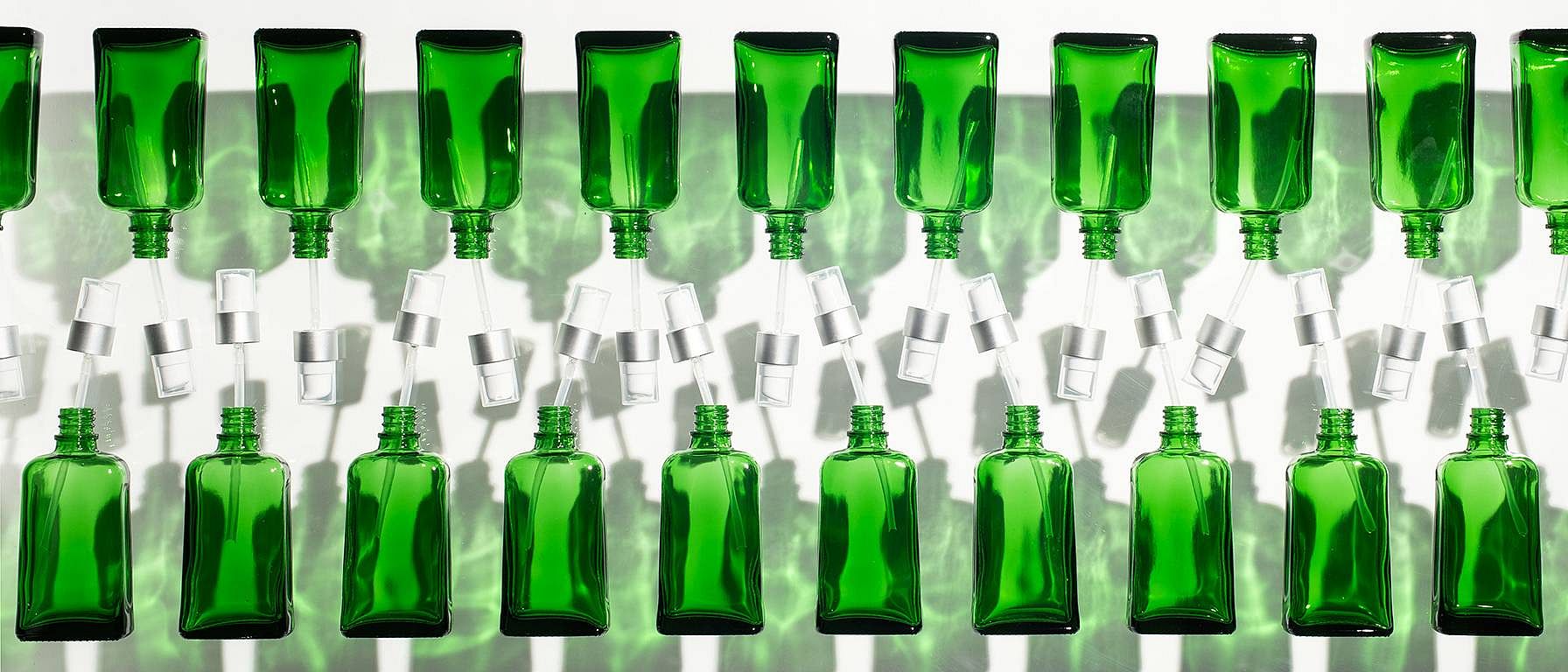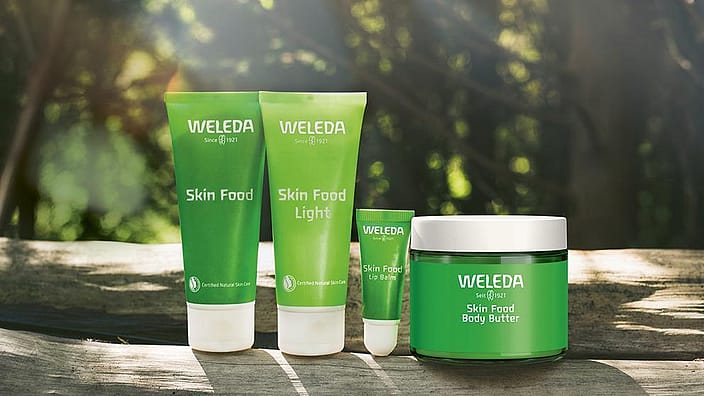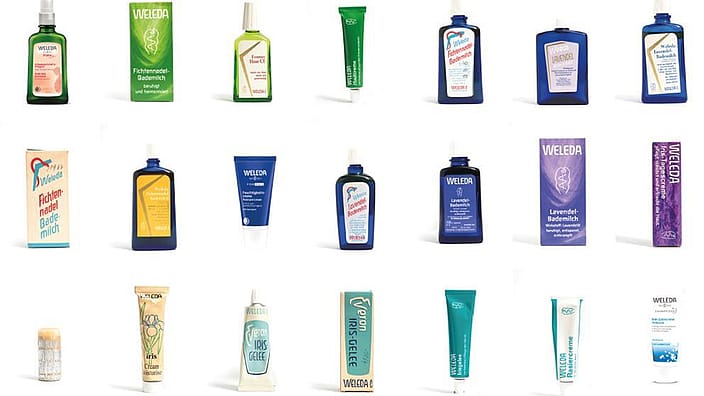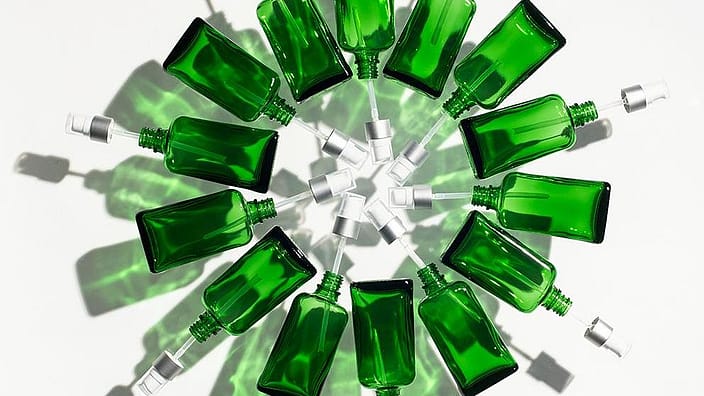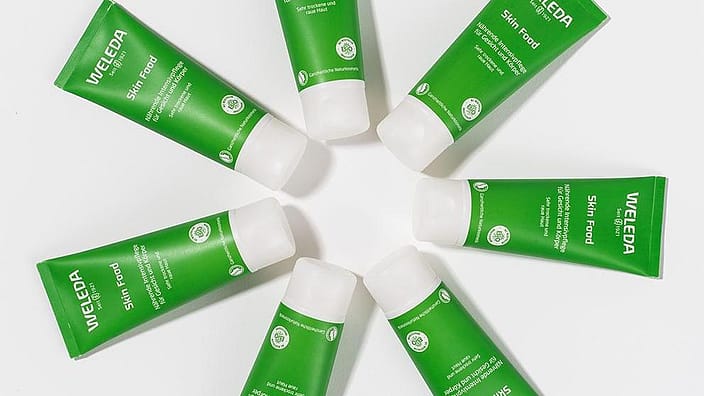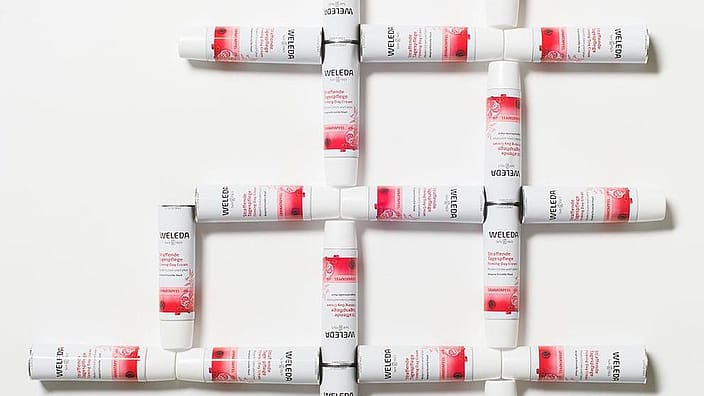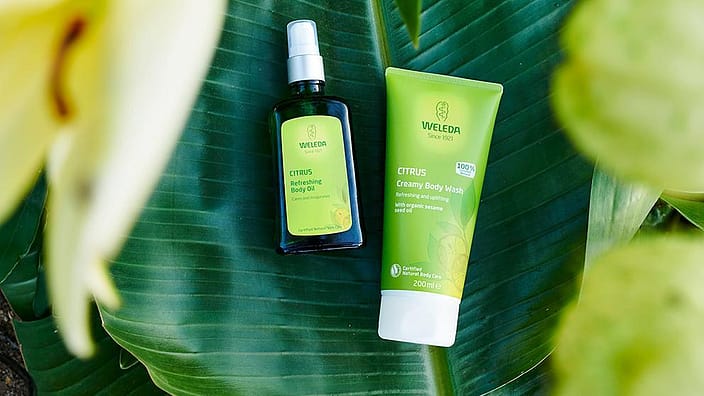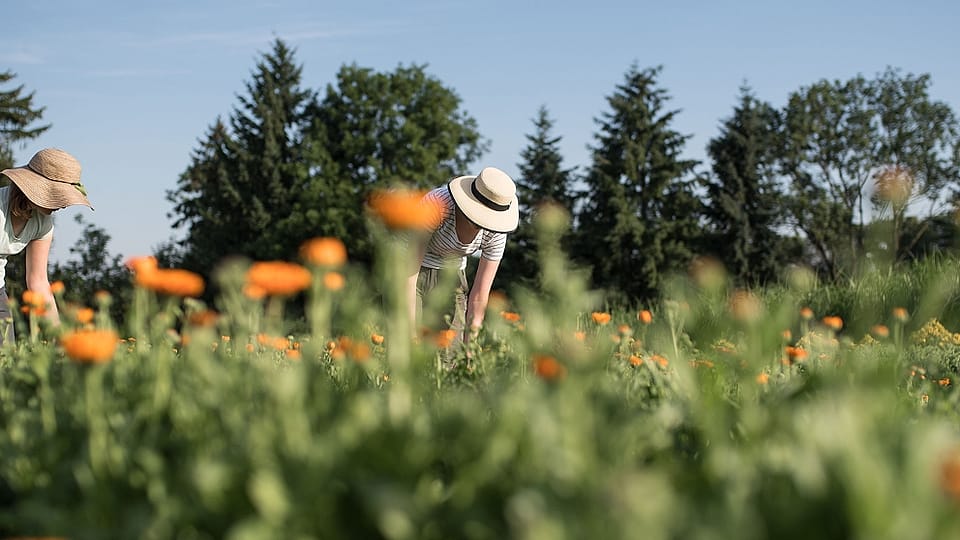We strive to continuously improve our packaging
Why do we use plastic packaging? Because so far, there’s no perfect solution for all our products. But we are working hard to make our packaging even better, to reduce its impact on the environment.
Why we package our products
A face cream should feel good, smell good and have long-lasting effects. But satisfying all those requirements isn’t that simple. That’s because we deliberately refrain from using synthetic preservatives. And we mainly use natural ingredients such as pure plant oils and essential oils, which are highly sensitive, especially to oxygen. Adequate packaging ensures that the oils are not exposed to oxygen, which would cause them to become rancid. It also prevents the evaporation of volatile substances, such as fragrances.
Less bad is not really good
We are constantly working to improve the ecological sustainability of our packaging. In an ideal world, our packaging would be 100 percent compostable while providing our products with optimal protection. Currently we use different materials depending on the product requirements, each with its own advantages and disadvantages. Through the package recycling initiative ”Forum Rezyklat” we have joined forces with other companies to investigate how plastics from household waste can be recycled into food and cosmetics packaging.
For a beautiful and healthy world, we must act sustainably.
What types of packaging do we use?
Weleda uses a variety of materials for its packaging. Approximately 60 percent is made of glass, 15 percent of aluminium and the rest of our packaging is made of different plastics. Our packaging has to do a lot in order to protect its sensitive contents. Glass, aluminium and plastic – each packaging material has its advantages and disadvantages, which have to be weighed for each individual product.
Recycled glass
Advantages
- Glass can be recycled endlessly with no loss in quality
- Glass is non-reactive and offers a very good barrier, for example against oxygen
Disadvantages
- Glass is much heavier than plastic or aluminium, meaning higher CO2 consumption during transport
- Glass might break or shatter, which can be especially hazardous in the bathroom or at the changing table
Plastic
Advantages
- Plastic is lightweight, meaning lower CO2 consumption during transport
- Plastic packaging is shatterproof and easy to handle
Disadvantages
- Many countries have no plastic recycling schemes; a lot of plastic waste is incinerated or used to generate energy
- Not all plastic packaging is recyclable
- Unregulated plastic disposal risks polluting the environment
- Used packaging is mainly downcycled, which turns the material into lower-grade plastics. New packaging is still mainly produced from new, virgin plastic
Aluminium
Advantages
- Aluminium is impervious to air and non-reactive
- Tube openings are small and the aluminium retains its shape, preventing a suction effect in which oxygen could enter the tube and cause the contents to spoil
- Aluminium has very good recyclability
Disadvantages
- The production of aluminium consumes a lot of energy. Bauxite mining pollutes the environment
- Aluminium tubes can break at the creases
What we have achieved so far
Skin Food Body Butter is now available in a glass jar. We have increased the proportion of recycled plastic in the packaging of our deodorants. Many of our other products also come in packaging with a high proportion of recycled plastic. For example, our Weleda Calendula Baby Oil now comes in a bottle made of 97percent recycled plastic (excluding cap and label).
